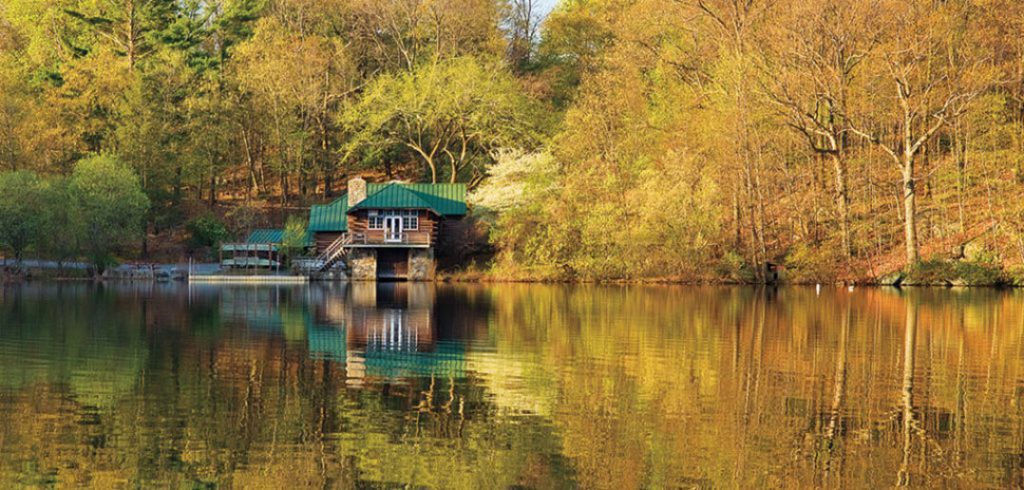Researching how plants adapt to a changing climate. Examining the effect of water conditions on populations of aquatic organisms. Investigating vector-borne diseases. These are just some examples of the work being done at Fordham’s Louis Calder Center in Armonk, New York.
The 113-acre biological field station allows Fordham students, both graduate and undergraduate, to conduct hands-on research with faculty, said director Tom Daniels, Ph.D., during a virtual tour for parents, alumni, students, and friends held in November.
“We’re one of the few field stations in the country this close to an urban center,” Daniels said. “The mission of the Calder Center, in terms of what studies [are done or not]is entirely at the discretion of our faculty. Their interests are what drives that work here, both in terms of the focus their labs take and in the research projects that the students are working on.”
The tour took the viewers through the Calder Center property, showing off photos of the research facilities, natural beauty, and office space. Daniels narrated to tell those in attendance about the facility’s history, how it’s currently used, what research is ongoing, and what wildlife lives on site.
While the COVID-19 pandemic has put some of their work on hold, Daniels said that the center is hoping to re-engage with volunteers in 2021 to conduct new initiatives, including a “bioblitz,” which will help identify the many different species of plants and wildlife on the property, and a phenology trail, which would help record the life cycle of various species of plants.


